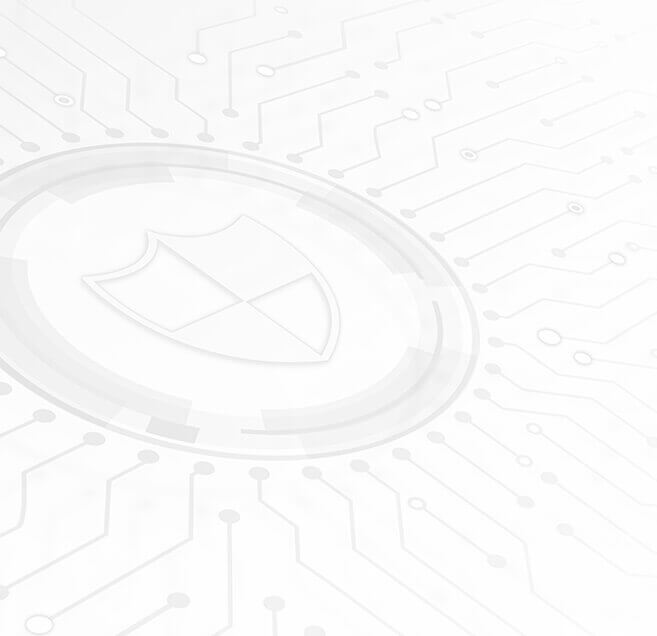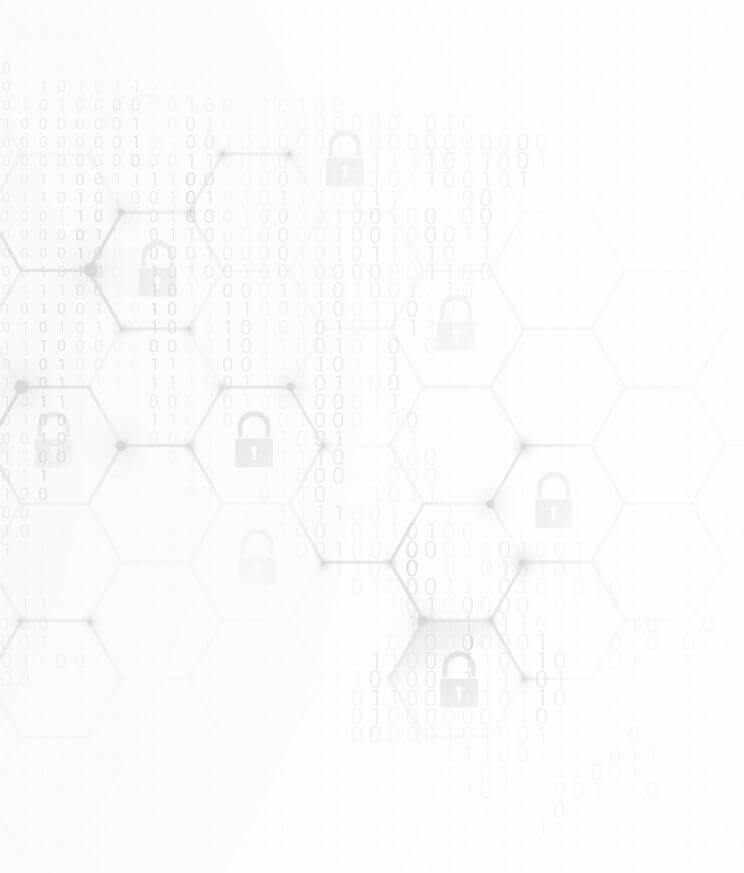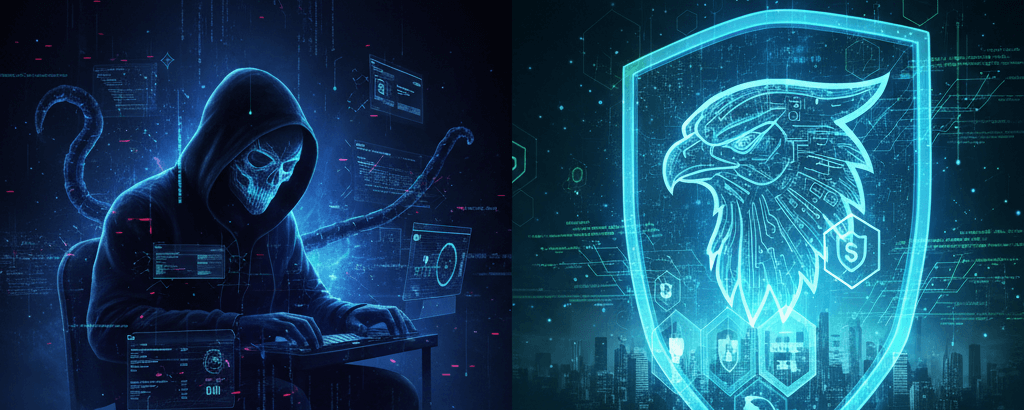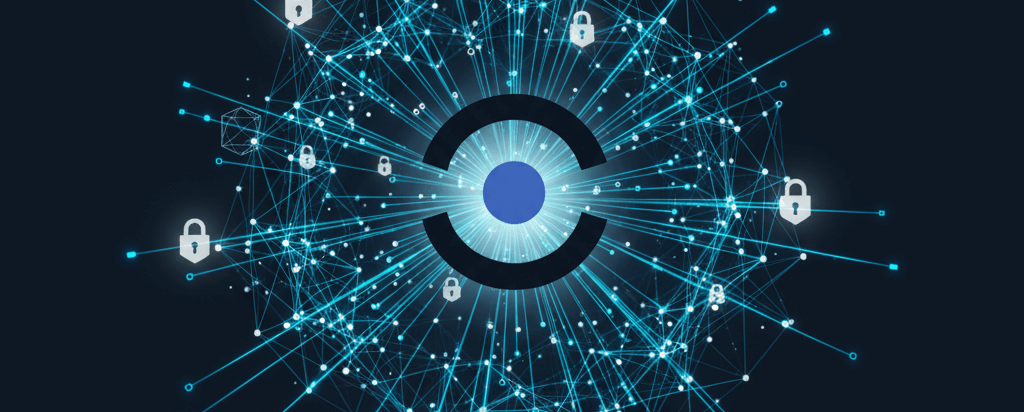
Exploring the first Quantum-Resistant Encryption Standards from NIST
The threat of quantum computers to our current cybersecurity infrastructure is of growing concert to IT professionals globally. Estimates suggest that powerful quantum machines capable of decrypting today’s most robust encryption could arrive within the next 5 years. The U.S. National Institute of Standards and Technology (NIST) released the first set of post-quantum cryptography (PQC) standards designed to secure our digital world against these future attacks.
For years, cybersecurity experts have warned about the quantum threat where algorithms like Shor’s are predicted to effortlessly break the public-key cryptographic algorithms that underpin virtually all online security, from email to e-commerce. The concept of “harvest now, decrypt later” attacks, where adversaries steal encrypted data today with the intention of decrypting it once quantum computers are available, highlights the immediate danger.
Quantum Resilience
NIST’s announcement marks a significant leap towards quantum resilience. The framework lends confidence that organisations can set systems, data, and infrastructure to withstand and adapt to the disruptive capabilities of advanced quantum computers. These newly released encryption standards, known as Federal Information Processing Standards (FIPS), are a testament to years of rigorous research and collaboration by cryptographers worldwide.
As Dustin Moody, a NIST mathematician and leader of the standardisation project, emphatically stated, “There is no need to wait for future standards. Go ahead and start using these three.” This message underscores the critical need for immediate action. The transition to post-quantum cryptography will not be an overnight switch; it’s a complex, multi-faceted process that requires careful planning and execution. Starting today allows organisations to mitigate risk proactively and build the necessary cryptographic agility into their systems.
The three pivotal FIPS standards are:
- FIPS 203: Intended as the primary standard for general encryption, offering advantages in speed and small encryption keys. This is based on the CRYSTALS-Kyber algorithm.
- FIPS 204: Envisioned as the primary standard for protecting digital signatures, crucial for authenticating identities and ensuring data integrity. This is based on the CRYSTALS-Dilithium algorithm.
- FIPS 205: Also designed for digital signatures, providing a robust alternative based on a different mathematical approach, the Sphincs+ algorithm.
These standards provide the essential building blocks – the computer code, implementation instructions, and intended uses – for organisations to begin their journey towards a quantum-safe future.
Securing Our Digital Future
While NIST continues to evaluate additional post-quantum algorithms, the release of these first three standards provides a concrete starting point for organisations worldwide. Embracing post-quantum cryptography is no longer a future consideration; it’s an immediate imperative for anyone looking to safeguard sensitive data and maintain trust in their digital operations.
The complexity of this transition demands expert guidance. Organisations need to assess their current cryptographic inventory, identify vulnerabilities, and strategically plan their migration to these new quantum-resistant algorithms. It requires a deep understanding of cryptographic dependencies and the ability to implement these sophisticated new standards without disrupting critical operations.
At Mondas, we understand the urgency and complexity of the quantum threat. We are at the forefront of this critical transition, equipped to guide organisations through every step of their journey towards quantum resilience. Our expertise ensures that you can proactively implement these new NIST standards, protecting your valuable data and securing your future in the quantum era. Speak to the team today about how we can support you in securing your organisation from Quantum threats.





